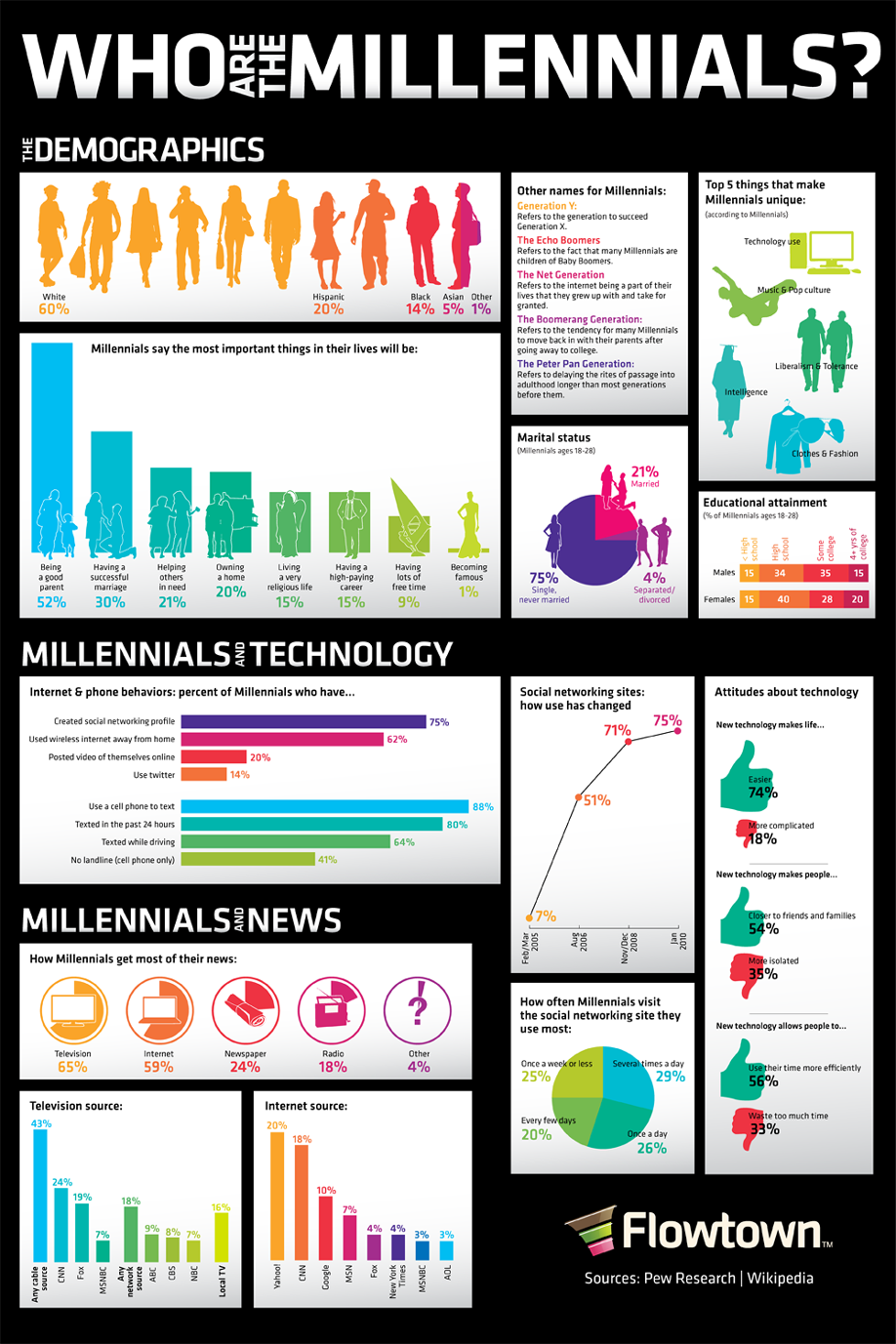This past July, more than 10,000 young adults, thought leaders, and philanthropists joined us in person and online for the Millennial Impact Conference (MCON13) – a conference hosted by Achieve, the Case Foundation, and the Buckingham Foundation, that explored the expectations of Millennials interacting with issues and organizations they care about. The conference marked the fourth release of the Millennial Impact Report, a comprehensive digest of how this young generation of do-gooders connect, get involved, and give. Our top takeaways from the report outline the importance of nonprofit engagement with this impact and tech-minded group and how we can tap into this next great generation to drive social change.
- Engage: The way nonprofits interact and engage with Millennials is changing. It isn’t just about asking for a donation and expecting them to give, but rather asking them to engage in other low-lift methods like spreading the word about a cause through social media or signing a petition.
- Going Mobile: Eight in 10 Millennials have smartphones and use those to connect with causes, which means the ways organizations communicate and how must evolve. Nonprofits and foundations should think “mobile first” and explore responsive design and content to optimize their online platforms for the Millennial community to meet them on their playing field. They need to re-imagine their digital presence for the most effective ways to share their mission and success stories.
- Word-of-Mouth: Three out of four Millennials like, retweet, or share content on social media. Nonprofits can capitalize on this and create easy ways for their followers to spread information about issues and organizations they care about. Three out of four respondents also expressed an interest in joining nonprofit young professionals groups; this is an opportunity for charities to create networking and educational events for this demographic.
- Collaborate: Milllennials tend to share information about preferred causes instead of specific organizations. One of our Be Fearless principles here at the Case Foundation is to “reach beyond your bubble” and embrace collaboration, a key element for reaching the masses. When nonprofits partner with each other, businesses, and government, their message grows stronger, they garner more attention to their cause, and they grow their supporter base.
- Be Authentic: Hype and jargon no longer drive action. Philanthropies need to humanize their voice in the digital world and avoid trying to manipulate their readers through emotional visuals or words. Try using straightforward communications that clearly define the mission, the issue being addressed, and how a potential supporter can make a difference.
- Embrace Email: Twenty years ago, when our founders Steve and Jean Case were building AOL, most of the world had never heard of “email.” They worked to bring America online and revolutionize the way people communicated and shared information. Today, email is still paramount and Millennials are using the preverbal “old school” method to learn more about brands and causes that interest them. This is an opportunity for organizations to design and drive action with email in mind – such as using plain text messages and optimizing images for smartphones and email clients.
- Be succinct: “#Millennials are a generation speaking in 140 characters, watching 6 sec. @VineApp & @SnapChat videos. Learn to speak in Milllennial.” Now go tweet that!
- Use Visuals: With new platforms like Pinterest and Instagram emerging as top players in the social community space, nonprofits have new channels for storytelling. In addition to educating your community on the basics, there are many opportunities for sharing impact through photos, videos, infographics, and even the infamous animated GIF. Some of the most shared and liked posts on Twitter and Facebook are rich media content.
